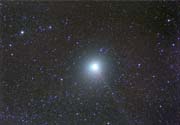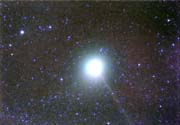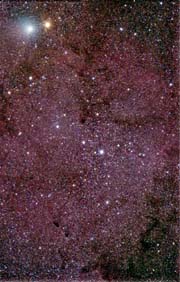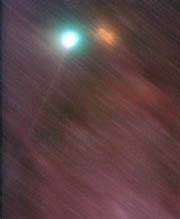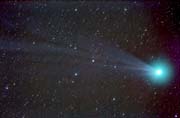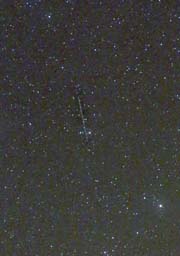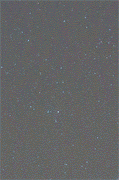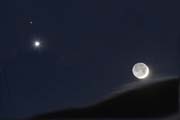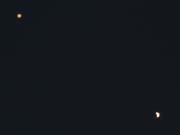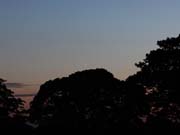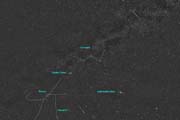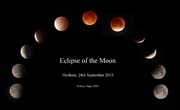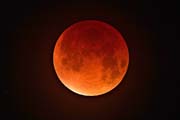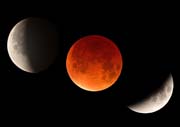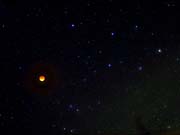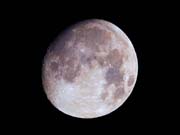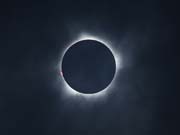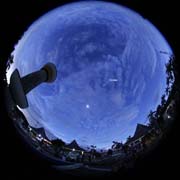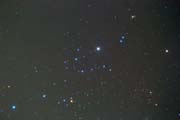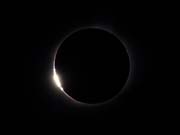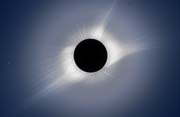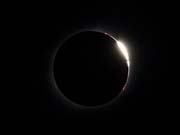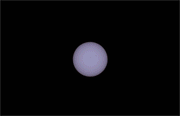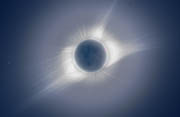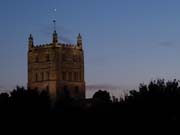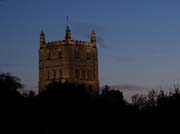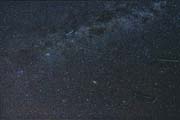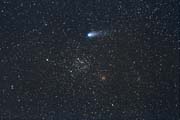I first used the 700D camera on a non astronomical holiday in Canada and Alaska. But the first Astro image was of Comet C/2014 E2 Jacques which moved through Cassiopeia towards the end of August. I was at Dalby Starfest over the weekend of 23rd August, and had a go then, but had guiding problems. BUT as the forecast wasn't too good, came home early on Sunday instead of Monday. And was very lucky with the clouds - just North of the Northern edge of a weather front, so had a lovely clear night until the mist formed around 2 am. So got lots of images of the comet, 50 subs in total.
I was using my Meade 127 refractor, and at the focal
length of 950 mm the comet was very fast moving. So I set
the ISO at 3200 and used 90 second frames. Which seems to
have worked quite well. the only down side is that the tail
disappears out of the bottom of the image - I should have
had the comet nearer the top of the frame, but at the time
didn't know which way the tail was pointing or how long it
was. The brightest star in the image is 7th magnitude Tycho
catalog number TYC 4028-489-1 (Hipparcos number HIP
3267)
Larger
Size
The main image is a stack of 20 subs, using the clever comet stacking feature in Deep Sky Stacker. Also heavily processed better to show the tail. Two animations using all 50 subs, here just very small GIFs, one with the comet moving against the background, the other with the comet stationary and the background moving. There are larger mp4 versions on my web site, best viewed using Windows Media Player unless you have the latest QuickTime Plug in installed:
